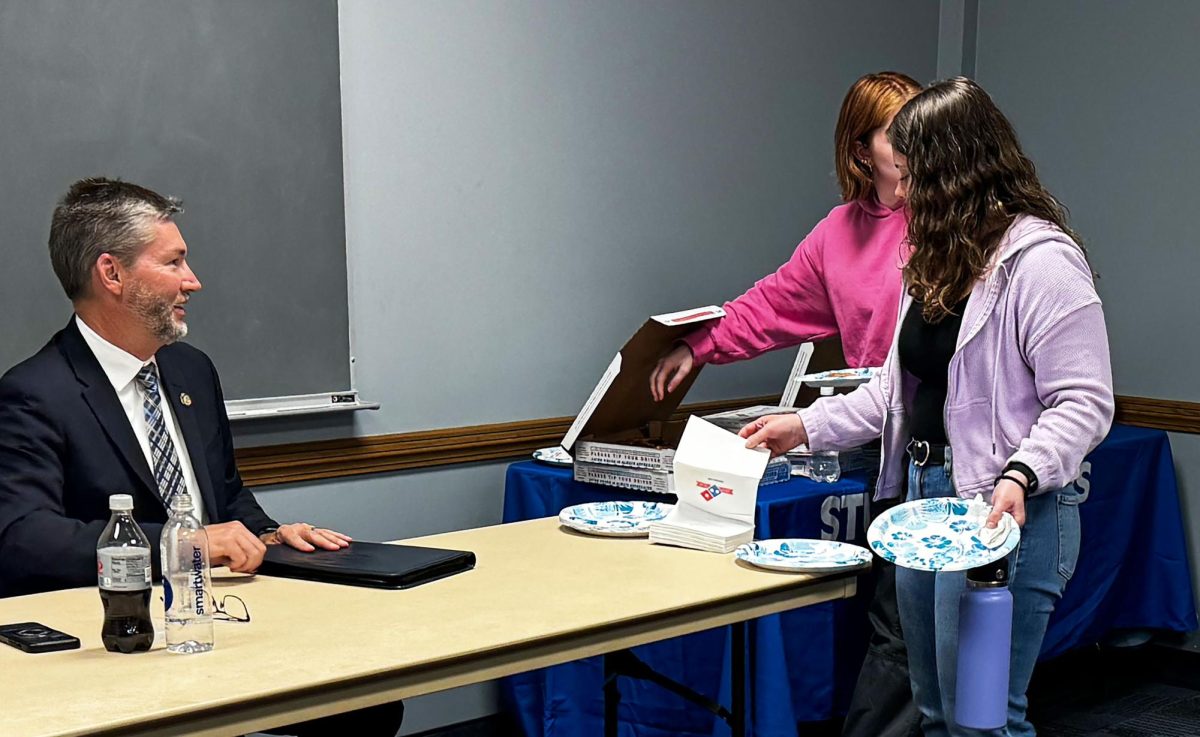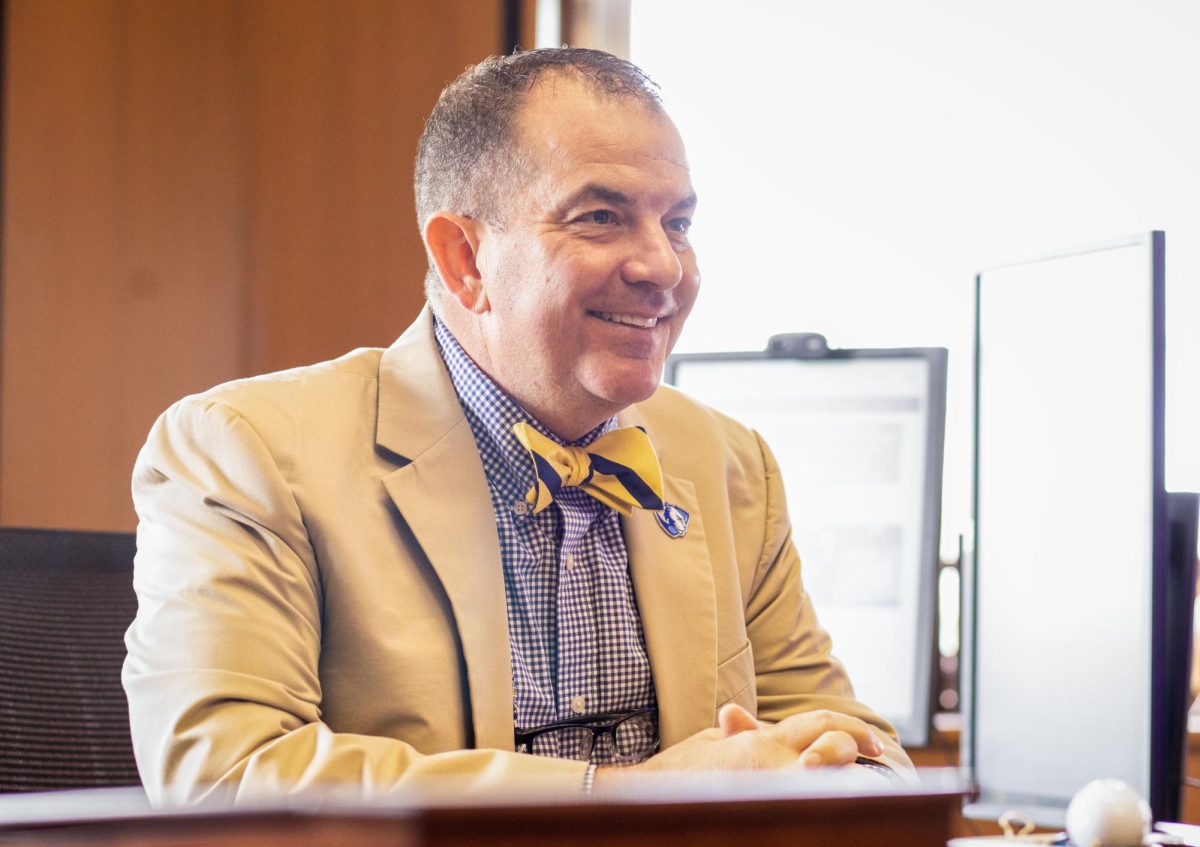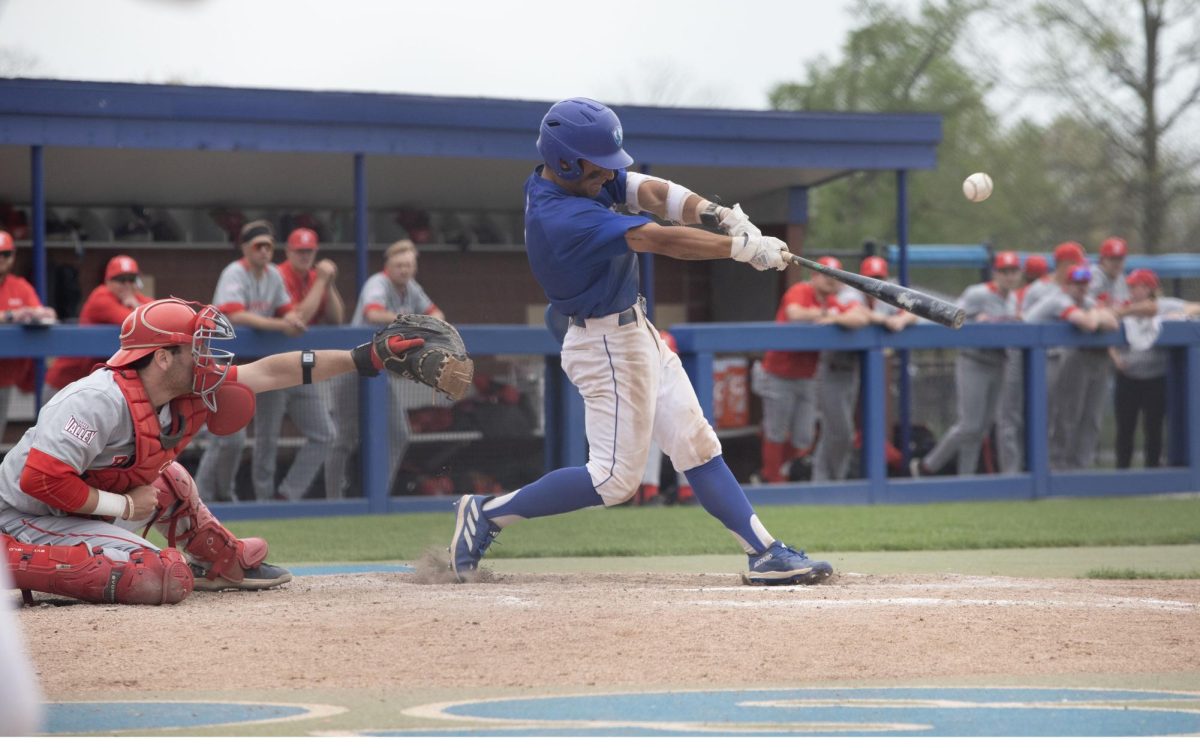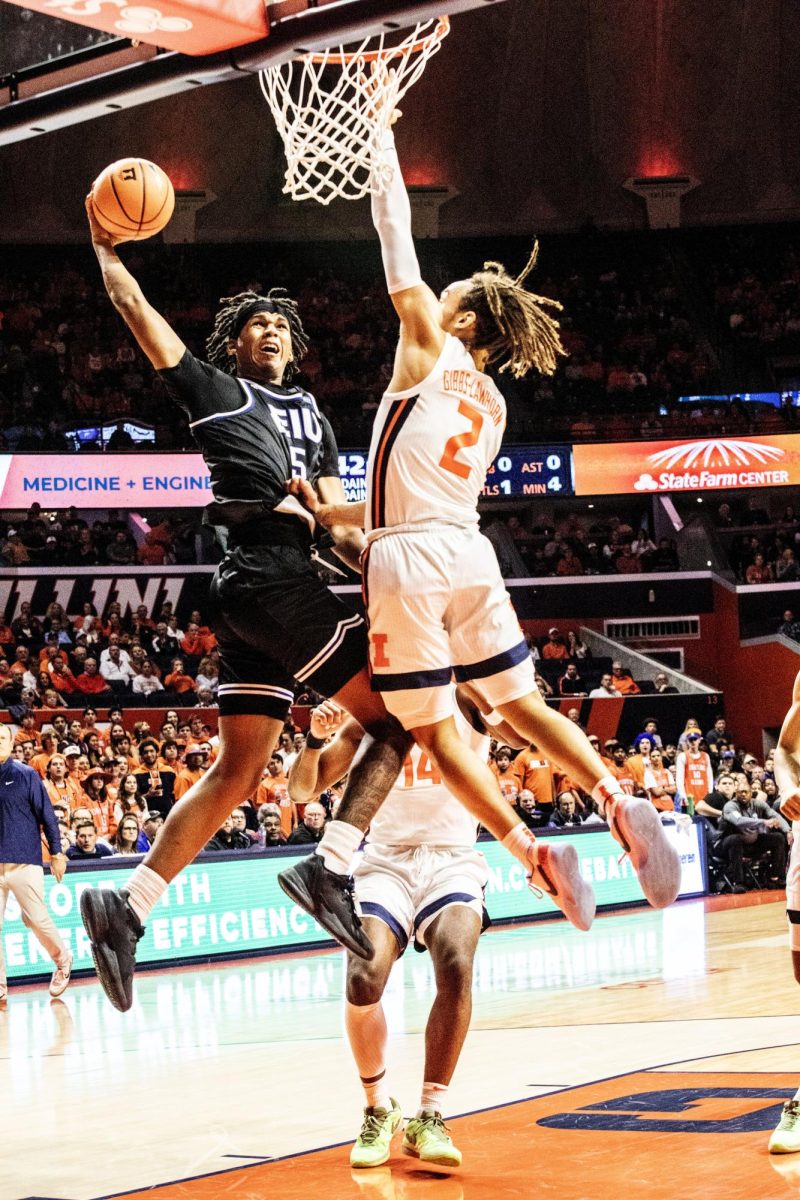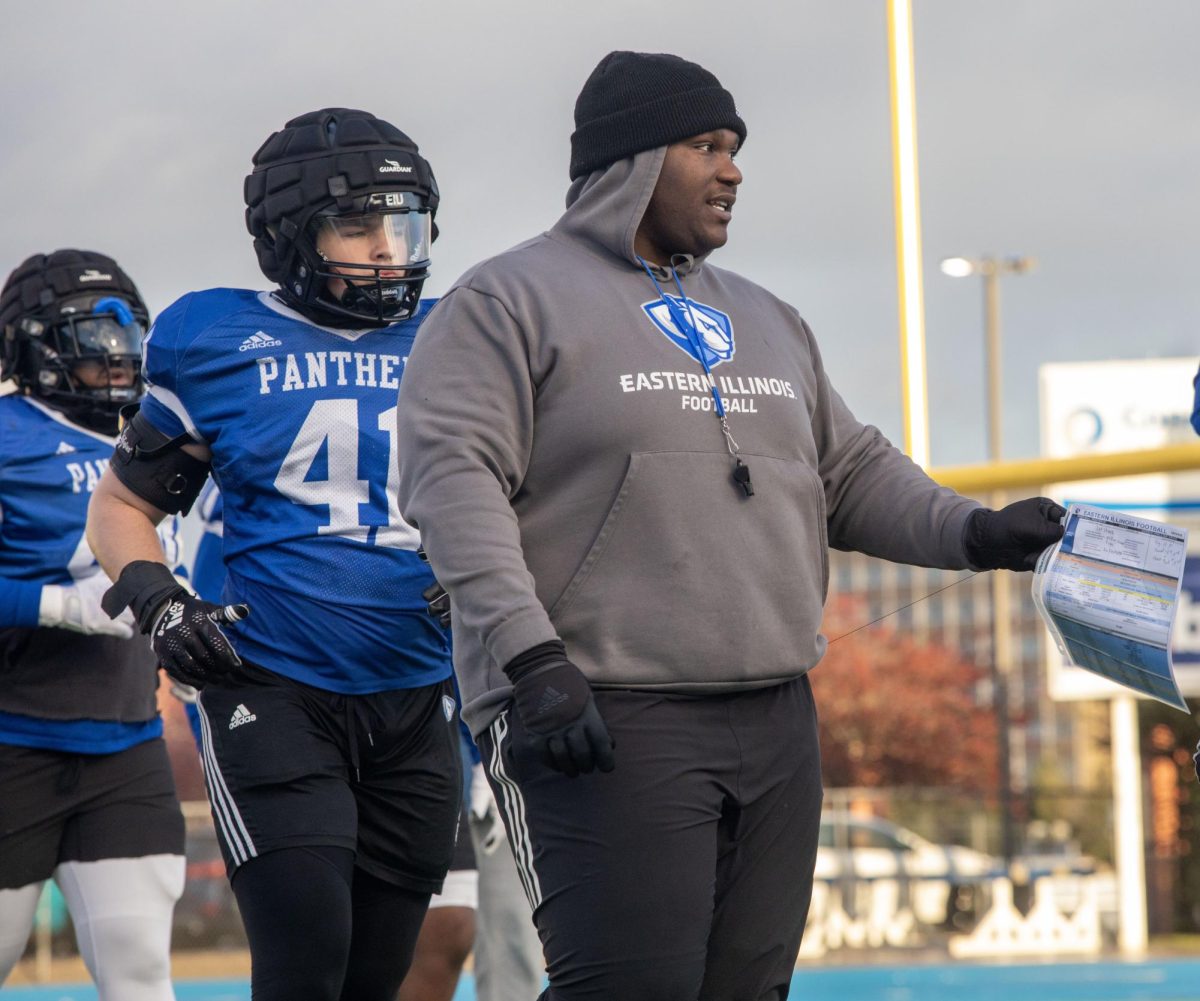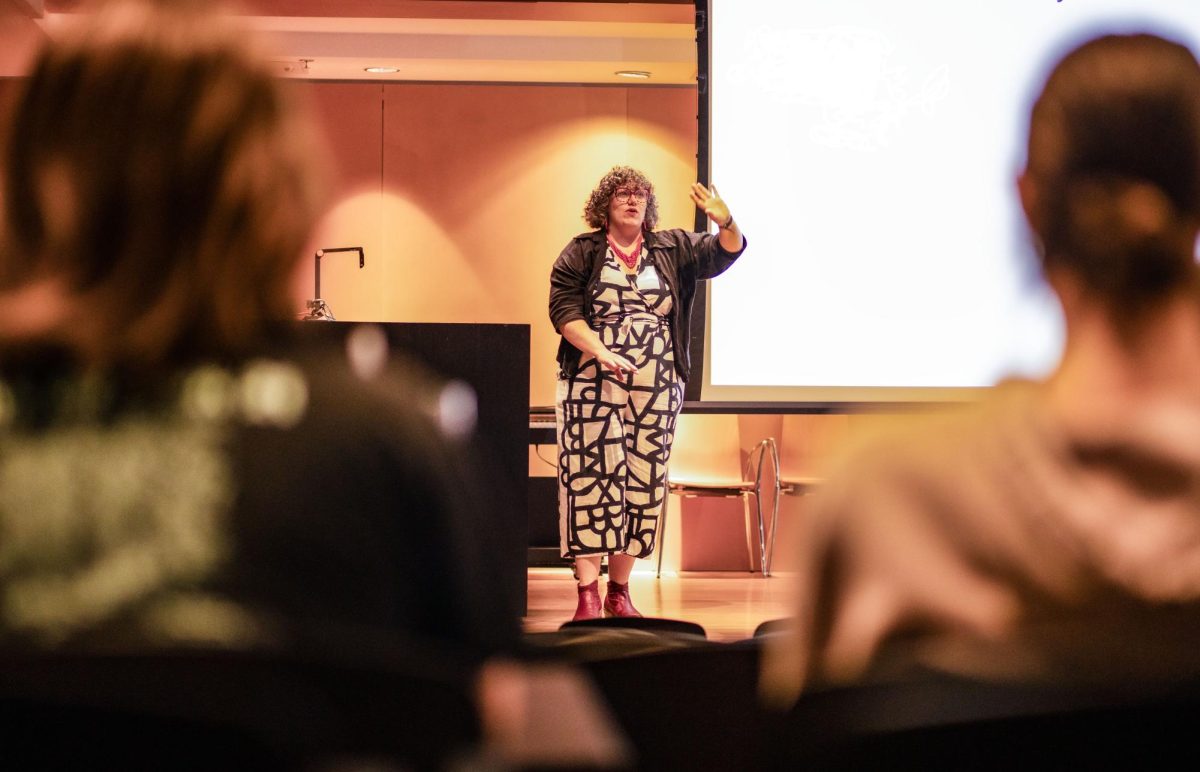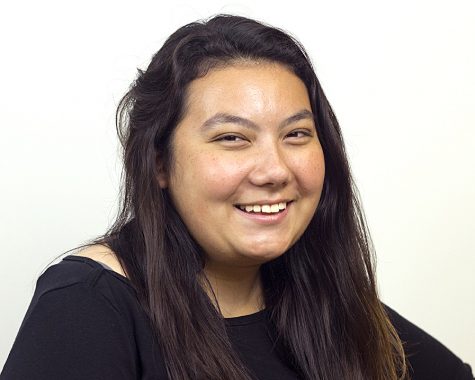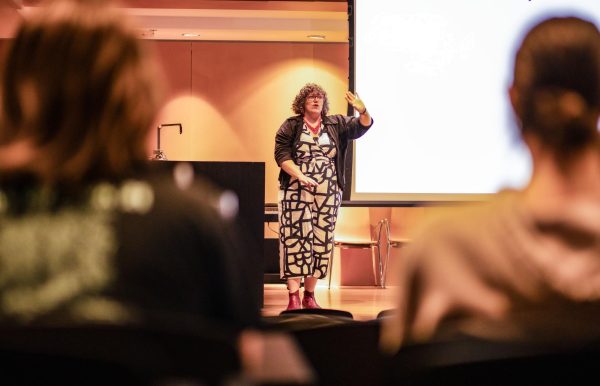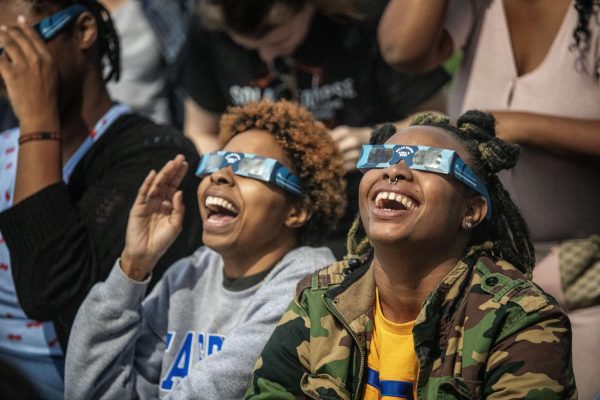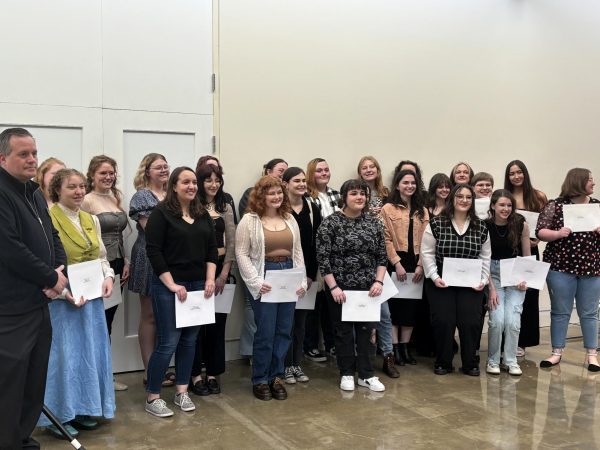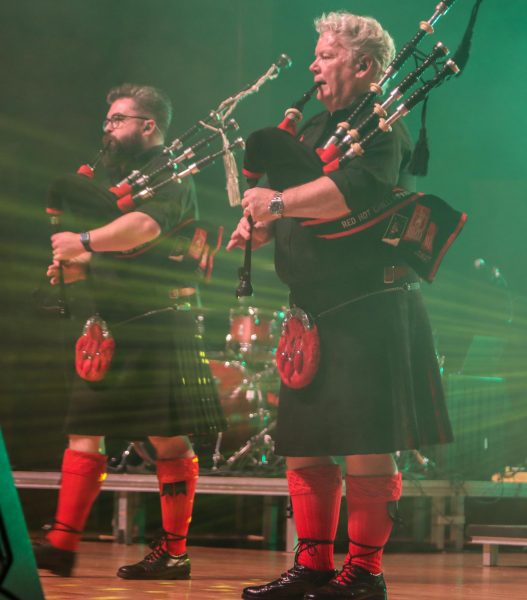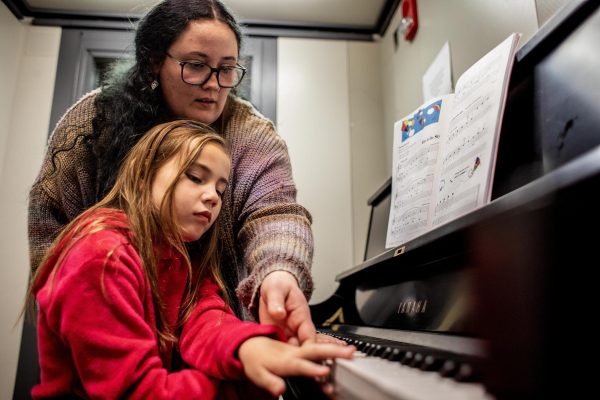Workgroup no.7 talks process
December 9, 2016
Several members of Workgroup no.7, looking at academic programs, detailed the process and steps they took in their recommendations for the vitalization project.
In an interview with The Daily Eastern News, Workgroup chair Cindy Rich said the group knows some people have implied that the group did not discuss every recommendation.
“They have an issue with that, but our charge was to come up with a list of recommendations but all majority and minority opinions,” Rich said. “So there was no reason to even debate it, or have a long discussion, because every one of our voices counted.”
Much of the work the group did was done independently, with the members looking at the available data and sharing their commentary on notecards to be put in the report.
Workgroup member Michael Murray, director of development at the Neal Welcome Center, said the group did not have to come to a consensus.
Joyce Schumacher, accountant three, said the group members were also not supposed to convince other members their recommendations were right.
“All of us were free to talk to anyone we wanted to department chair, faculty member, and when we came back with our comments and compiled them all in a big document,” Rich said. “We were able to get a lot more done that way working independently then we all came together with that and that’s what we based the recommendations on.”
With eight people reviewing 99 programs, Schumacher said it would be hard to have them do that in four weeks time, especially when they are still expected to do their full-time jobs.
“There just weren’t enough hours we could meet,” she said.
Emails obtained by the Daily Eastern News through a Freedom of Information Act request show that members used multiple reports and spreadsheets on enrollment, including data on the Illinois Board of education.
The Workgroup members all reviewed what the trend for enrollment was, but Schumacher said they cannot say that enrollment was the only data they used.
“We used the totality of what we learned,” she said. “I don’t know there’s one magic statistic that anybody focused solely on to come up with their recommendation.”
Rich said the group had a list of 12 or 13 data sources they were able to use in the process. The group created their notes, and put them in the draft shared with provost Blair Lord.
Other sources used were admissions data, such as what admitted students said they were interested in, demand for a particular program and enrollment data and profit-loss sheets.
Though Schumacher self-identifies as a “numbers person,” she said she did not look “really hard” at the profit-loss sheets.
“You can’t boil it down to ‘it makes money, it doesn’t make money,” Schumacher said.
Murray said these sheets were only one part of what they looked at, though they were looking at what to do financially.
“It’s one component of the bigger picture,” he said.
Rich said when she was looking at the recommendations; she was more interested in student credit hours produced.
“That shows students are enrolling in their classes,” she said.
Rich knows people wanted the group to have discussions and make decisions in front of “everyone,” but she said that is not what they were charged to do.
She acknowledged that there are people who are anxious about this process, but departments already have a good idea of what their status is.
“They know if they only have six students enrolled in their major,” she said. “We’re not creating any of that data. All of that data out there has been here forever.”
Rich said the group took that data, and based it on their own experiences they found from their individual work.
Murray said anxiety is natural when going through a process like the vitalization project.
“Obviously, we wouldn’t be having these discussions if we weren’t having problems with how the university is funded,” he said.
He said the president is trying to find a way to create an enterprise that is efficient and cost effective while still providing educational opportunities the university has historically provided.
“We need to find a way right now to survive,” he said. “The discussions going on right now wouldn’t even have been conceived of ten years ago. This is a unique situation, we’re all trying our best to find a path to success.”
Some departments the Workgroup have talked to have been giving suggestions for how to fix the enrollment and other issues they have.
“The programs are not saying cut this (other program), they are saying we can do this, taking responsibility,” Rich said. “People are aware of their fields. The faculty know what needs to be done.”
Rich said any implication that the Workgroup is looking to get rid of any courses completely is wrong.
Though programs themselves may have low enrollment, they may offer general educations courses that many students sign up for.
“There’s no way we want educational opportunities taken away,” she said. “But how do we justify having an academic program with five students majoring or six or eight majoring in that area- how do we justify this expense when the university is struggling like it is? These are things people thought and say in private no one wants to say out loud.”
Murray said the group was only pulling the facts together to recommend what should be done.
“I’m sorry some people think we didn’t do it the way they wanted us too, but I’m happy with how we did it,” Schumacher said. “We got no feedback from the head of the vitalization project saying we were off track. Other groups had the same approach.”
At an all Task-Force meeting Wednesday, Eastern President David Glassman said the vice presidents had also been asked to give recommendations on programs and services in their area as well.
“We’re only one source of information,” Schumacher said.
At the same meeting, Glassman said he will talk to the areas that have been recommended for eliminations, consolidations or outsourcing.
Workgroup no.7 members also reached out to areas they chose for a No.4 designation and talked to their department chairs or others who were designated to talk to the Workgroup.
Going through the process has been “gut-wrenching,” Schumacher said, as it is sad to see the university has gotten to this point.
“We know that whatever happens is going to directly affect the future of this university,” she said. “I long for the good old days.”
Cassie Buchman can be reached at 581-2812 or [email protected].




